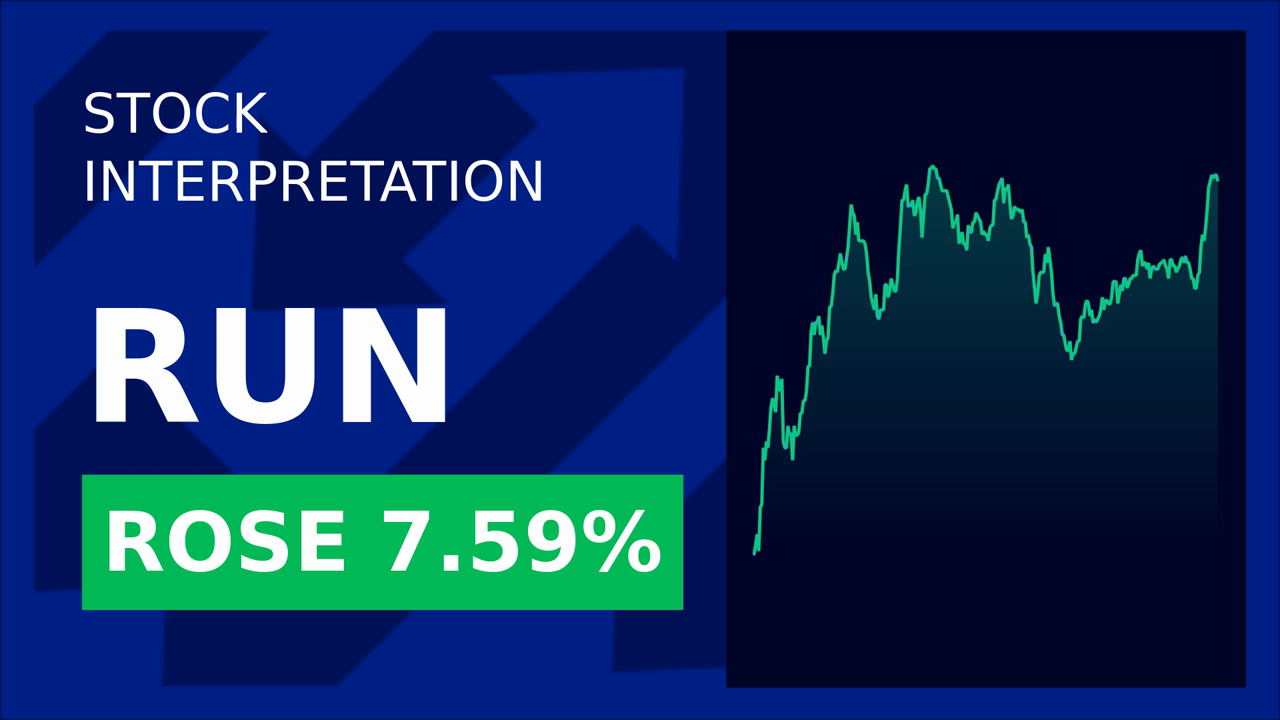Sunrun (RUN) Earnings Preview: Navigating Narrowing Losses and Modest Revenue Growth
Investors are set to scrutinize Sunrun’s (NASDAQ: RUN) Q1 2025 earnings report, due out tomorrow, as the residential solar leader faces a pivotal juncture in its financial turnaround. While consensus estimates signal progress—projecting a narrower net loss and modest revenue growth—the path to sustained profitability remains fraught with execution risks tied to storage adoption, tax credit realization, and debt management. Here’s what to watch.
Ask Aime: What to expect from Sunrun's Q1 2025 earnings report?
The Numbers: A Narrowing Loss, but Revenue Growth Slows
Analysts forecast Sunrun’s Q1 loss to shrink to -$0.22 per share, a 45% improvement from the -$0.40 loss in Q1 2024. This narrowing reflects operational discipline, including cost-cutting and higher storage attachment rates. However, revenue growth has stalled, with estimates at $493.97 million, up just 7.8% year-over-year—a sharp deceleration from the 15%+ growth seen in late 2023.
Ask Aime: "Should I buy Sunrun stock now?"
The modest revenue outlook underscores lingering challenges. Sunrun’s Q1 2024 revenue had already missed estimates by $13 million, and while the company has since streamlined operations, demand for its solar-plus-storage systems faces headwinds from higher costs and competitive pricing pressures.
Key Drivers to Watch
- Storage Attachment Rates: Sunrun’s strategy hinges on selling storage alongside solar panels, which commands higher margins and qualifies for federal tax credits. Management has guided for storage to reach 50% of installations by 2025. A miss here could delay cash flow improvement.
- ITC Realization: The Investment Tax Credit (ITC) is a lifeline for solar firms, but sunrun must ensure projects are completed within IRS deadlines to qualify. Delays in permitting or construction could erode tax benefits.
- Debt Reduction: With over $1.4 billion in debt as of late 2023, Sunrun’s ability to pare leverage without cutting investments will test its balance sheet resilience.
The Earnings ESP: A Cautionary Signal
While EPS estimates have risen sharply—analysts have hiked the Q1 forecast by 63% in the past month—the Zacks Earnings ESP metric paints a cautionary picture. At -21.41%, it suggests Sunrun is less likely to beat the consensus EPS, a red flag given the company’s history of volatile earnings. In Q1 2024, Sunrun beat EPS estimates but missed revenue forecasts, highlighting the disconnect between top-line execution and bottom-line results.
The Bottom Line: Progress, but Fragile
Sunrun’s Q1 report will test whether its cost-cutting and storage push can offset slower revenue growth. A beat on EPS while missing revenue again would reinforce concerns about top-line stagnation. Conversely, a revenue surprise—even at the expense of margins—could signal demand resilience.
Investors should also monitor management’s commentary on cash flow from operations and project backlogs, which are critical to debt reduction. With shares down nearly 30% year-to-date, any sign of stabilization could spark a short-covering rally. However, unless revenue growth accelerates beyond 7-8%, Sunrun’s path to sustained profitability remains unproven.
In the end, tomorrow’s report is less about a single quarter’s results and more about whether Sunrun can demonstrate the execution consistency needed to capitalize on its long-term tailwinds—growing demand for home energy solutions and federal incentives. Without it, the road to profitability will stay bumpy.
Conclusion
Sunrun’s Q1 2025 earnings are a litmus test for its turnaround strategy. While narrowing losses and higher storage adoption offer hope, revenue growth at less than 8% year-over-year underscores lingering demand challenges. With an Earnings ESP suggesting a low likelihood of beating EPS, investors must weigh near-term execution against the company’s long-term potential in the $100 billion residential solar market. A strong showing on storage metrics and cash flow could reset sentiment, but a miss risks reigniting concerns about Sunrun’s ability to navigate this critical inflection point.










